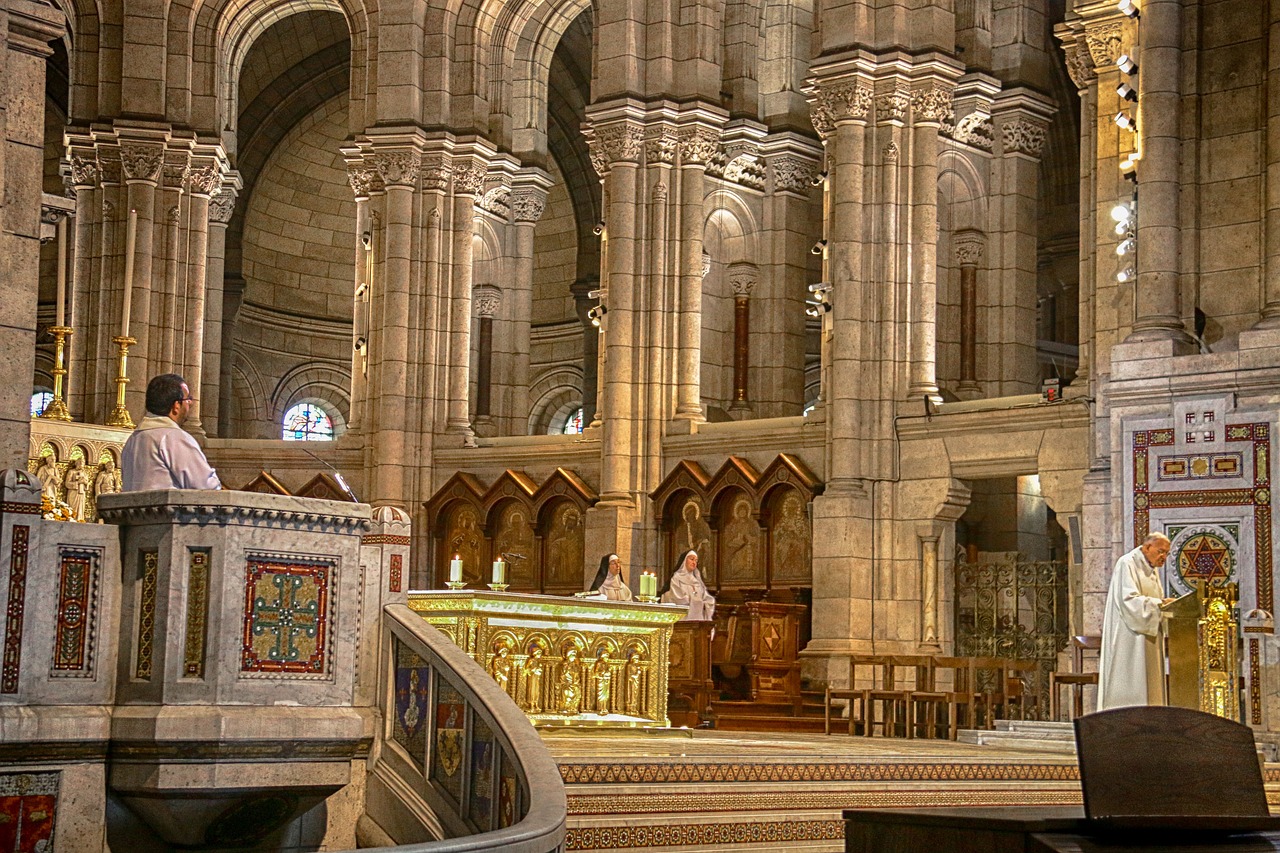Catholic facts
Can Catholic Priest have Sex.
Title: Catholic Priest Celibacy: An Exploration of Tradition and Possibilities
Introduction:
The question of whether a Catholic priest can have sex and if a married man can become a Catholic priest brings us to the complex and longstanding issue of celibacy within the Catholic Church. This article aims to delve into the history of priestly celibacy, examine its status as a doctrine, and explore the possibility of changes in the future.
The Tradition of Celibacy:
The tradition of celibacy among Catholic priests finds its roots in the early centuries of Christianity. While many of the apostles were married, some early Christian leaders, including St. Paul, advocated for a celibate lifestyle as a means of wholeheartedly dedicating oneself to God’s service. The practice of celibacy gradually gained popularity, and by the fourth century, it became a common expectation for those entering the priesthood.
History of Mandatory Celibacy:
During the Middle Ages, celibacy became mandatory for priests in the Latin Rite of the Catholic Church. This was largely influenced by various factors, such as the reform movements within the Church and the perception that celibacy would enhance the spiritual purity and commitment of clergy. The Second Lateran Council in 1139 officially imposed celibacy on all priests in the Western Church.
Married Men and Priesthood:
Although celibacy became the norm, the Catholic Church has made exceptions in certain cases. The Eastern Catholic Churches, in communion with Rome, have historically allowed married men to become priests. Additionally, the Latin Rite has permitted the ordination of married men in specific situations, such as the reception of married Anglican priests into the Catholic Church.
Catholic Priest Celibacy Doctrine:
Celibacy is currently considered a discipline and not a doctrine in the Catholic Church. It is an obligatory commitment undertaken voluntarily by those who choose to become priests. The Catechism of the Catholic Church states that celibacy enables priests to conform themselves more closely to Christ and dedicate themselves to the service of God’s people. However, it remains a subject of debate within the Church, and there have been discussions regarding its potential modification.
Possibility of Change:
While the Catholic Church holds the celibacy requirement in high regard, it is not an unchangeable doctrine. The issue of priestly celibacy has been a topic of conversation, especially in recent times. It is important to note that any potential changes would require careful consideration, theological reflection, and the guidance of the Pope and the College of Bishops.
Arguments for Celibacy:
Proponents of celibacy argue that it fosters a deeper commitment to God, eliminates potential distractions, and allows priests to fully dedicate themselves to the spiritual and pastoral needs of their communities. They also assert that celibacy upholds the image of the priest as a representative of Christ, who himself lived a celibate life.
Arguments for Change:
Those in favor of allowing married men to become priests argue that it would alleviate the issue of priest shortages in certain regions. They suggest that married priests, who have firsthand experience with family life, may bring a unique perspective to pastoral care, particularly in supporting married couples and families.
Conclusion:
Catholic priest celibacy has a rich historical background, with its origins in the early Christian Church and its establishment as a mandatory practice in the Middle Ages. While celibacy remains an integral part of the priesthood, it is not an unchangeable doctrine. The possibility of modifications to the celibacy requirement is a topic of ongoing discussion within the Church, and any potential changes would require careful consideration and consultation among the Church’s leadership. Ultimately, the Catholic Church’s stance on celibacy will continue to evolve in response to the needs and dynamics of the contemporary world.
About Author






























